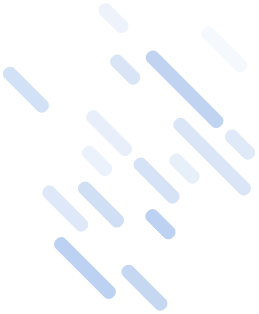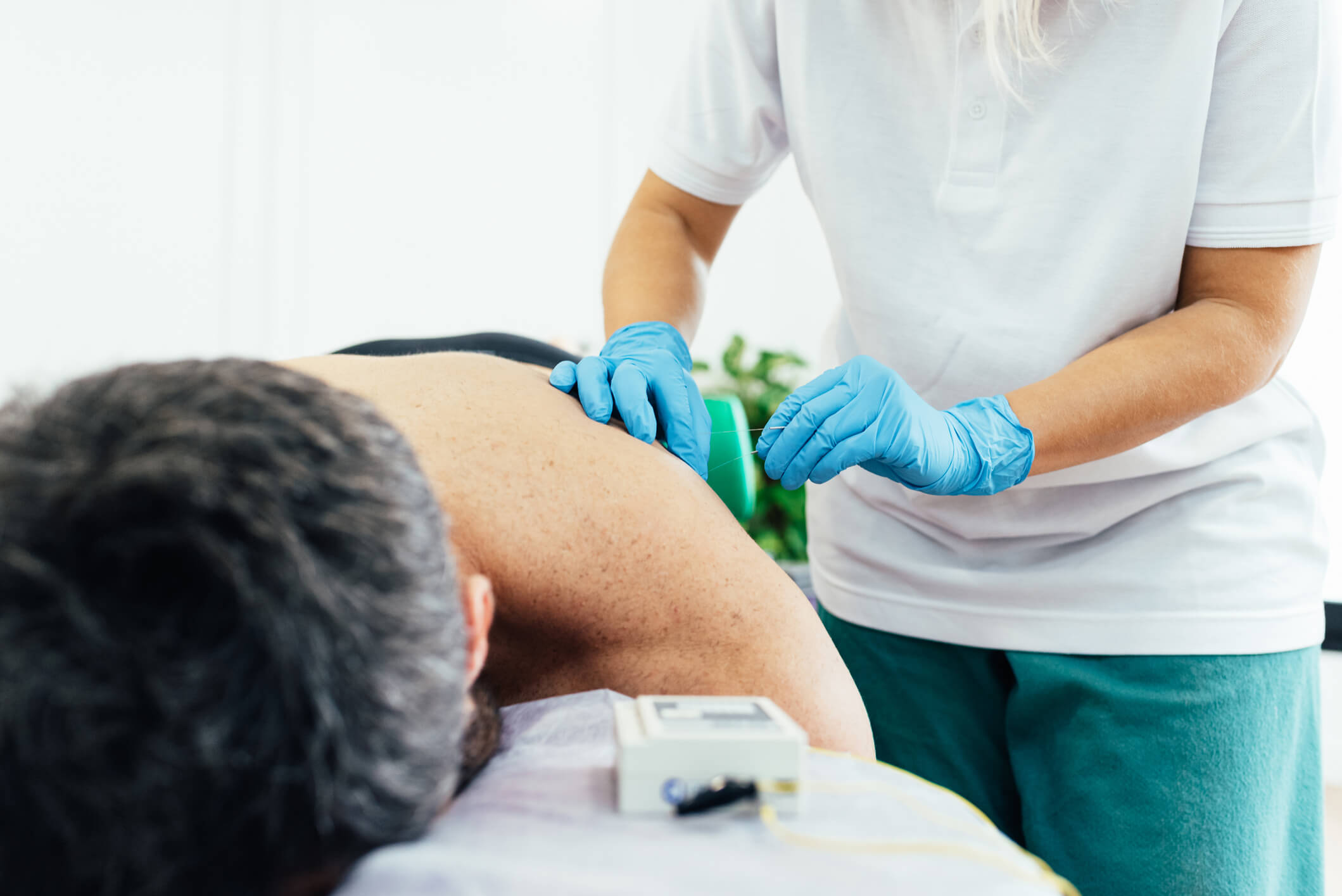Dry needling is the use of sterile, single use, disposable monofilament needles, into specific muscles to release trigger points. In addition to trigger points, it can also be used in areas of scar tissue, tendons, ligaments, and subcutaneous fascia where it can be beneficial to help decrease pain.
Licensed physical therapists use this technique to help release trigger points that are not responding to conservative manual treatments ultimately reducing muscle tension. By releasing these trigger points, it can help decrease pain that is otherwise experienced with everyday activity.

It has been shown that in addition to inserting dry needles into trigger points, there is benefit to inserting needles throughout the muscle belly, not just at trigger points. This helps to decrease pain and dysfunction experienced by patients with musculoskeletal conditions.


Although dry needling uses the same needles as acupuncture, they are very different techniques. Dry needling is a Western medicine technique based on the principles of treating myofascial trigger points. Acupuncture is a traditional Chinese medicine that works to balance the flow of energy, or chi, in your body. While both work to provide pain relief, the methods to do so are vastly different.
The initial insertion of the needle does not usually cause any discomfort. The twitch response that occurs once the needle is in the trigger point may elicit a brief reaction that is usually described as uncomfortable, but not painful. However, it is important to remember that this is the desired response of dry needling indicating the therapeutic effect.
After treatment, it is normal to feel mild soreness. Once this subsides, you should begin to feel an improvement in your overall symptoms. This may take several sessions for symptoms to fully resolve.
Dry needling is used as an adjunct treatment during physical therapy. Other therapy techniques will also be used as indicated to provide optimal results, and you will be instructed on the appropriate exercises to perform in conjunction with your treatment.







